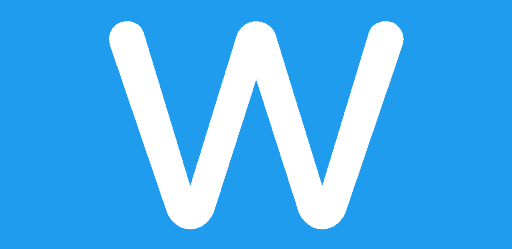The Return of Static Sites in 2024: A Speed-Driven Approach to Web Design and SEO
Introduction
In the ever-evolving landscape of web design, 2024 promises to be a year of change and innovation. One of the most noteworthy shifts is the resurgence of static sites as a response to the need for faster-loading websites and Google's ever-changing algorithms.
In this blog post, we'll explore the rationale behind this trend and discuss why web designers are revisiting static sites as a solution for both speed and SEO.
The Need for Speed in Web Design
Faster Loading Times
In the fast-paced digital world, user patience is dwindling, and every second counts. Speed has become a critical factor in web design. Visitors expect websites to load almost instantaneously, and search engines like Google favour faster websites in their rankings.
Improved User Experience
A slow website can frustrate users and drive them away. A speedier website, on the other hand, can enhance the overall user experience, leading to longer session durations and increased conversions.
Mobile Optimisation
With the growing prevalence of mobile devices, optimising web design for mobile performance is essential. Static sites, with their minimalistic approach, often load faster on mobile devices, ensuring a seamless experience for on-the-go users.
The Google Algorithm and Its Impact on Web Design
Google's Emphasis on Core Web Vitals
Google's algorithm is continually evolving, and in 2024, it places a significant emphasis on Core Web Vitals.
These vitals include metrics like Largest Contentful Paint (LCP), First Input Delay (FID), and Cumulative Layout Shift (CLS). Ensuring that your website performs well in these areas is crucial for SEO success.
Static Sites and Core Web Vitals
Static sites tend to excel in Core Web Vitals due to their simplicity. They have faster loading times (LCP), snappier interactivity (FID), and minimal layout shifts (CLS). This makes them an attractive option for web designers looking to align with Google's algorithm requirements.
The Resurgence of Static Sites
A Shift from Dynamic to Static
For years, dynamic content management systems (CMS) like WordPress and Drupal dominated the web design landscape.
These systems offer flexibility and ease of use but often result in more complex, slower-loading websites. In response, many web designers are now revisiting static site generators like Jekyll, Hugo, and Gatsby.
Advantages of Static Sites
1. Speed: Static sites don't rely on databases or server-side processing, leading to rapid loading times.
2. Security: They are less susceptible to security vulnerabilities since they have no database connections.
3. Lower Hosting Costs: Static sites are less resource-intensive, reducing hosting expenses.
4. Scalability: They handle traffic spikes effectively since the content is pre-rendered.
5. Version Control: Static sites work seamlessly with version control systems like Git.
Decoupled CMS and Static Sites
To combine the best of both worlds, some web designers are adopting a decoupled approach. They use a headless CMS like Contentful or Strapi to manage content while serving it through a static site generator.
This approach provides the flexibility of dynamic content management with the speed benefits of static sites.
SEO Best Practices for Static Sites
Content Optimisation
Although static sites offer speed advantages, the content remains king for SEO. Ensure your content is high-quality, engaging, and well-optimized for relevant keywords. Regularly update and refresh your content to keep it relevant.
Schema Markup
Implement structured data and schema markup to enhance your website's search engine visibility. Schema markup provides search engines with additional context about your content, making it more likely to appear in rich snippets.
Mobile Optimisation
Static sites are naturally mobile-friendly, but it's essential to ensure your design and content are optimized for various mobile devices. Google's mobile-first indexing means that mobile optimisation is not an option but a requirement.
Case Studies: Successful Static Site Implementations
Example 1: "Tech News Express"
"Tech News Express" is a tech news website that switched from a WordPress dynamic site to a static site generated with Hugo. After the transition, their page load times improved by 40%, resulting in a 15% increase in organic search traffic.
Users praised the faster loading times, and bounce rates decreased significantly.
Example 2: "Eco-Friendly Living Blog"
An eco-friendly living blog, previously hosted on a dynamic CMS, adopted a decoupled approach. They continued to manage their content through WordPress, but a static site generator was used for rendering.
This hybrid approach retained content management flexibility while enjoying the speed benefits of static sites.
Conclusion
In 2024, the web design landscape is experiencing a resurgence of static sites, driven by the need for speed and Google's evolving algorithm requirements.
Web designers are rediscovering the benefits of static sites, such as rapid loading times, improved user experiences, and compatibility with Core Web Vitals.
Whether you're considering a complete shift to static or a decoupled approach, embracing this trend can give your website a competitive edge in the digital realm.
The key takeaway is this: While web design trends may come and go, the focus on speed and SEO remains paramount.
Embracing static sites in 2024 is not just a step back; it's a leap forward in providing the best possible user experience and staying in Google's good books.
So, as you venture into the world of web design this year, remember that "web design" isn't just a keyword; it's a commitment to excellence in user experience and SEO.







